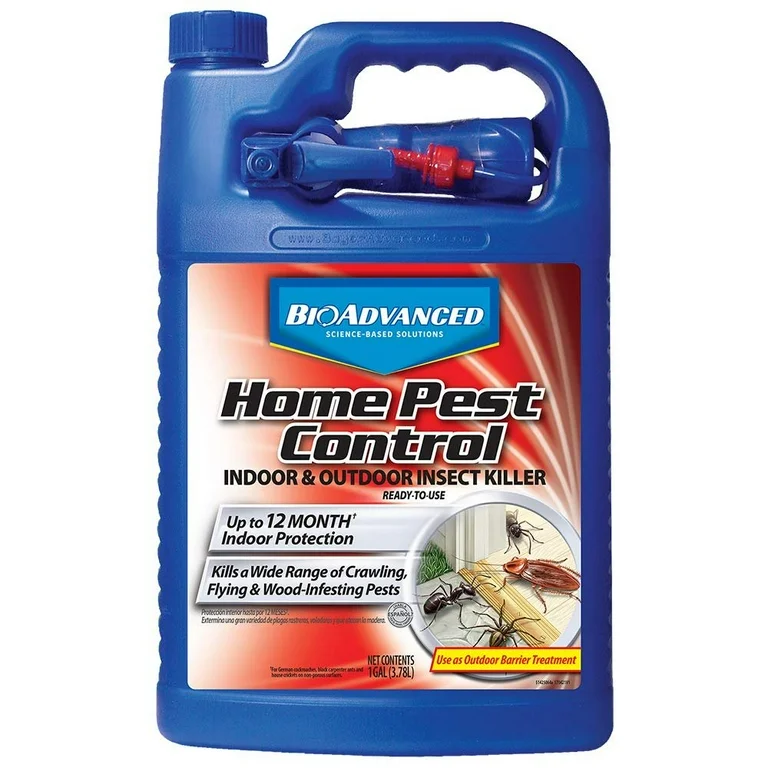Reliable A1 Bed Bug Treatment in Charlotte - Safe and Proven Approaches
Reliable A1 Bed Bug Treatment in Charlotte - Safe and Proven Approaches
Blog Article
Bed Pest Treatment Malfunction: Comparing Chemical Vs. Non-Chemical Solutions
In the world of parasite control, particularly when dealing with the relentless concern of bed insects, the choice in between chemical and non-chemical therapy services can be an essential one. Both strategies offer distinct benefits and disadvantages, affecting aspects such as performance, safety factors to consider, and overall expense. By checking out the nuanced information of each approach, a clearer understanding of which course to go after in addressing a bed bug invasion can be obtained.
Effectiveness of Chemical Treatments
Chemical treatments for bed bug invasions have been commonly recognized for their powerful and quick efficacy in getting rid of these bugs. When taking into consideration the effectiveness of chemical therapies, it is critical to recognize that they can offer a fast and detailed remedy to a bed pest problem. Expert pest control experts frequently depend on insecticides to target bed pests at numerous phases of their life process, consisting of fairies, grownups, and eggs. These chemicals generally work by disrupting the bed pests' nerve system, causing paralysis and ultimate fatality.
Furthermore, chemical treatments have the benefit of offering residual effects, implying that they can continue to eliminate bed bugs even after the preliminary application. This recurring action is particularly advantageous in combating any kind of prospective re-infestations. Additionally, the rapid action of chemical therapies can bring relief to people dealing with severe bed bug infestations, enabling them to gain back control of their living areas swiftly.
Security Worry About Chemical Solutions
When utilizing chemical remedies for bed bug treatment is making sure the safety and security of occupants and the setting,One essential element that requires careful factor to consider. While chemical therapies can be effective in removing bed pests, they may present threats if not managed properly. One of the main safety and security interest in chemical remedies is the potential injury they can cause to human health. Direct exposure to certain chemicals used in bed bug treatments can bring about respiratory system issues, skin irritability, or various other damaging reactions, specifically in individuals with pre-existing conditions or level of sensitivities. In addition, incorrect application or dosage of chemical pesticides can cause toxic deposits remaining in the treated location, presenting long-lasting health dangers to residents.
Additionally, the environmental influence of chemical services is an additional substantial consideration. Some chemicals utilized in bed insect therapies might be hazardous to useful pests, wildlife, and ecosystems if they leach into the dirt or water systems. It is necessary to make use of chemical treatments sensibly, adhering to safety and security guidelines, and taking into consideration much less poisonous alternatives to reduce these dangers and make sure the reliable and risk-free administration of bed insect invasions.
Advantages of Non-Chemical Strategies
Taking into consideration the prospective security issues and environmental influence related to chemical options for bed bug therapy, discovering non-chemical approaches presents a promising alternative with a number of unique benefits. Non-chemical methods offer a safer option for households, especially those with people, children, or pets conscious severe chemicals. These techniques get rid of the threats of direct exposure to poisonous substances, lowering the possibility for unfavorable wellness effects. Moreover, non-chemical treatments are eco friendly, as they do not add to air or water contamination, making them a lasting option for pest control.
Furthermore, non-chemical services can be reliable in targeting bed bugs, including hard-to-reach locations where chemical treatments may not pass through - A1 pest control services charlotte. Methods such as warmth treatment, vacuuming, heavy steam cleansing, and cushion encasements offer detailed eradication without the usage of hazardous chemicals.
Limitations of Non-Chemical Treatments

Furthermore, non-chemical treatments often require several applications to achieve successful removal. This can be time-consuming and might not always guarantee full removal of all bed pests and their eggs, especially in hidden or hard-to-reach locations.
In addition, the success of non-chemical therapies heavily relies upon appropriate execution and thoroughness, which can be challenging for people without specialist experience. Insufficient application of non-chemical approaches might cause insufficient eradication, bring about consistent invasions and the demand for additional therapies.
Therefore, while non-chemical therapies have their advantages, it is crucial to recognize these restrictions and consider them when figuring out the most reliable method for taking care of bed bug invasions.
Expense Contrast: Chemical Vs. Non-Chemical Options
Offered the restrictions associated with non-chemical treatments, a crucial element to examine in the context of bed insect management is the expense contrast in between chemical and non-chemical choices. In comparison, non-chemical therapies like anonymous warm therapy or vapor can be more pricey, with costs varying from $1,000 to $6,000 for a whole home. While the preliminary This Site cost of chemical therapies may appear reduced, several therapies might be needed to fully eradicate the infestation, potentially raising the general price.
Verdict

Considering the prospective safety issues and environmental influence connected with chemical services for bed bug therapy, checking out non-chemical methods presents a promising option with a number of distinctive advantages.Given the constraints associated with non-chemical therapies, an essential aspect to assess in the context of bed pest management is the expense comparison in between chemical and non-chemical options. In comparison, non-chemical treatments like warm therapy or heavy steam can be much more costly, with expenses varying from $1,000 to $6,000 for a whole home. While the initial cost of chemical therapies may seem reduced, multiple treatments may be needed to completely remove bed bugs the infestation, potentially boosting the total cost.In final thought, when contrasting chemical and non-chemical bed insect therapy choices, it is essential to take into consideration performance, security, benefits, restrictions, and expense.
Report this page